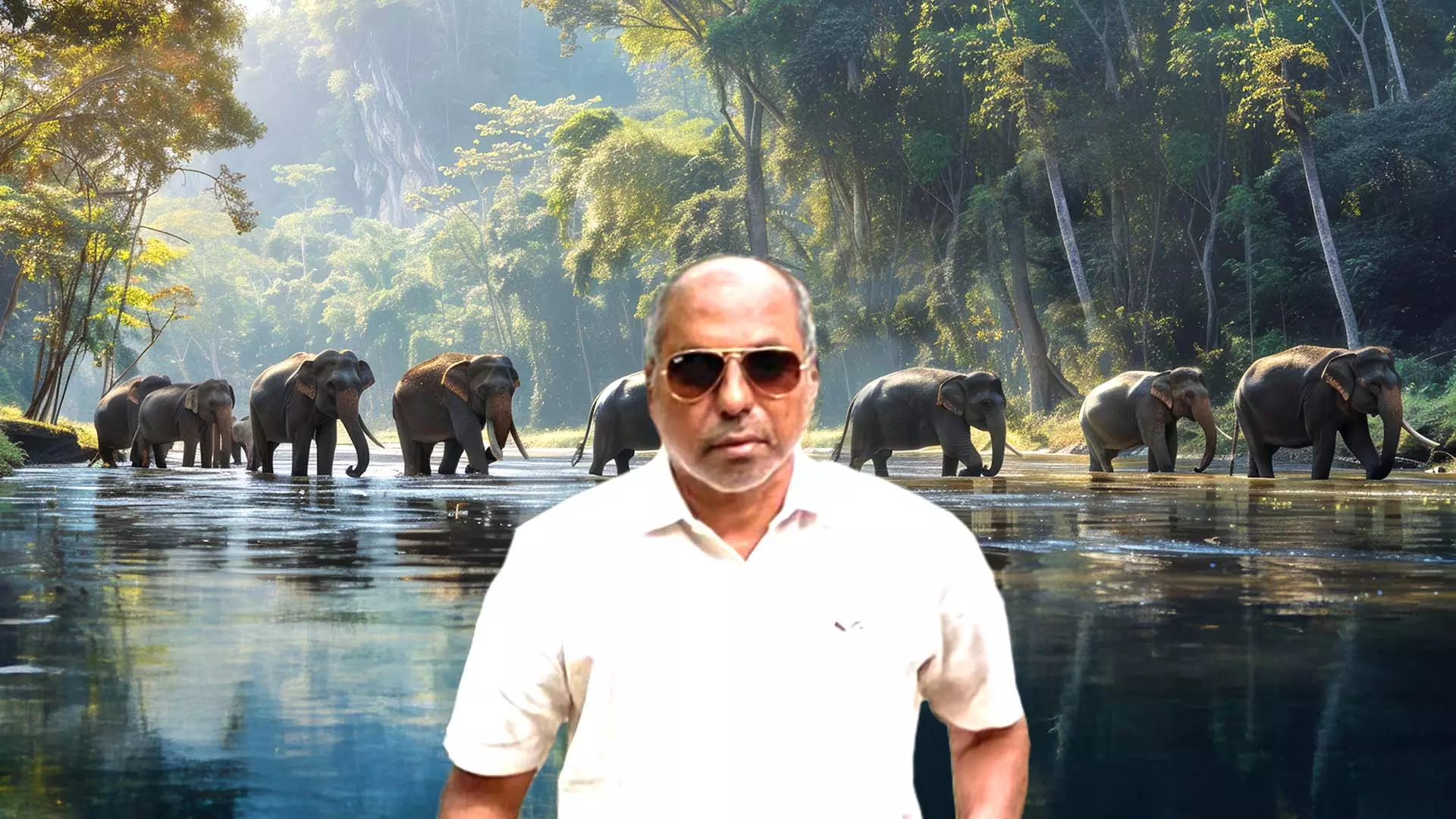
Greenwashing India: Are we planting the wrong trees in misplaced zeal?
India is planting millions of trees, but many of them don’t belong. Botanist and ethnobotany expert Prof D Narasimhan explains why this isn’t reforestation—it’s greenwashing

Here is a shocker: India’s large-scale tree-planting campaigns—often announced by governments or corporates—may be doing more harm than good.
According to ethnobotanist Prof D Narasimhan, many of these efforts ignore ecological science, promote invasive species, and fail to restore biodiversity. In this exclusive interview with The Federal, he explains why tree planting must be rooted in local soil knowledge, not in tokenistic numbers. Edited excerpts:
What do you make of large corporate-led tree plantation drives? Are they rooted in ecological sense?
They rarely are. Many of these drives value quantity over quality. They boast about planting one lakh or one crore trees, but don’t consult ecological experts. Often, they plant what’s easily available in nurseries—teak, acacia, eucalyptus—not what the soil or biodiversity actually needs. It’s shallow, and potentially dangerous in the long term.
Do these efforts account for soil and local biodiversity?
Not at all. We must follow the principle of “trees of the soil”—that is, trees suited to the soil’s ecosystem. A tree lives for decades and interacts with microbes, moisture, and fauna. If it’s not suited to the soil or climate, it disturbs everything—from water retention to air quality to human allergies.
You mentioned eucalyptus and lantana—what’s the problem with these?
Eucalyptus was planted for pulpwood, but it’s known to deplete groundwater, especially in fragile hill regions like Nilgiris. Lantana camara is a different story—it wasn’t planted but spread invasively. In places like Bandipur, it’s choked 70% of forest cover, disrupting food chains and pushing elephants and boars out of forests, which in turn increases human-animal conflict.
Why is lantana so hard to remove?
Because its seeds lie dormant underground and sprout vigorously once light hits the soil. Forest departments remove the top layer, but the seeds beneath remain. Within weeks, the plants come back stronger. To truly eradicate it, we’d need sustained removal over 15–20 years.
Do mining and real estate expansion hurt native tree populations and tribal livelihoods?
Mining is often done in non-tribal zones, but illegal mining is rampant. Even legal mining uses the wrong trees like eucalyptus or casuarina, in compensatory plantations. We advised miners to plant 60 native species, and many complied—but this must continue with strong enforcement.
What about the much-hyped Miyawaki method for urban greening?
It’s a short-term corporate solution, not true reforestation. Miyawaki packs thousands of saplings in small areas—fine for a gated corporate campus, but harmful in natural ecosystems. It lacks biodiversity and long-term sustainability. We recommend 5-metre spacing between trees for balanced growth.
Are forest nurseries equipped to support native planting?
Not at all. Tamil Nadu has 1,400 native tree species, but forest nurseries stock just 10–20 of them. They go for what’s easy to grow, not what’s needed. Even cities like Tiruppur, praised for urban greening, source their saplings from Andhra Pradesh rather than developing local nurseries. That’s a missed opportunity.
Can commercial plantations ever have a positive side?
Sometimes. Coffee estates plant fig trees alongside crops, which attract hornbills and Malabar squirrels. But these are lucky accidents. Planting must be deliberate, not left to chance. Even native species can become invasive if planted without planning.
What are your top three recommendations for policymakers?
First, survey the local area and identify 100 native tree species. Plant at least 50 of them in a mixed pattern to mimic nature.
Second, consider ecosystem services—some trees help fauna, others enrich soil or regulate temperature. Choose accordingly.
Third, ensure ecological balance. Don’t chase records or publicity. Bad planting is worse than no planting.

